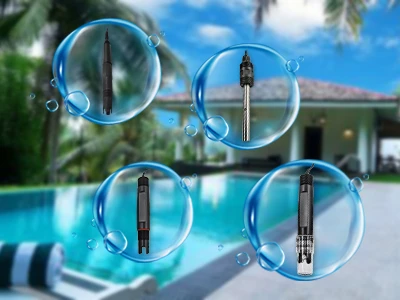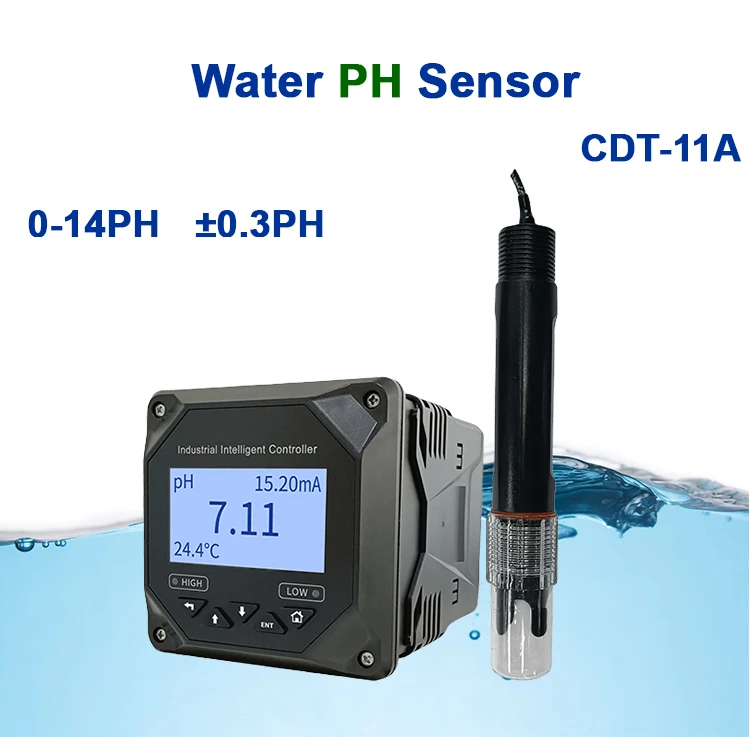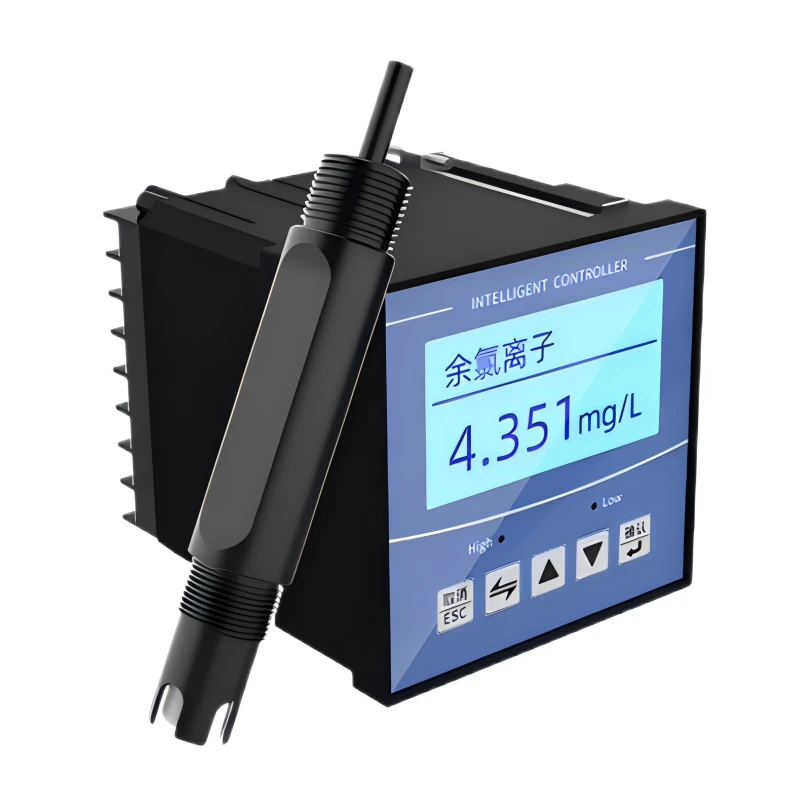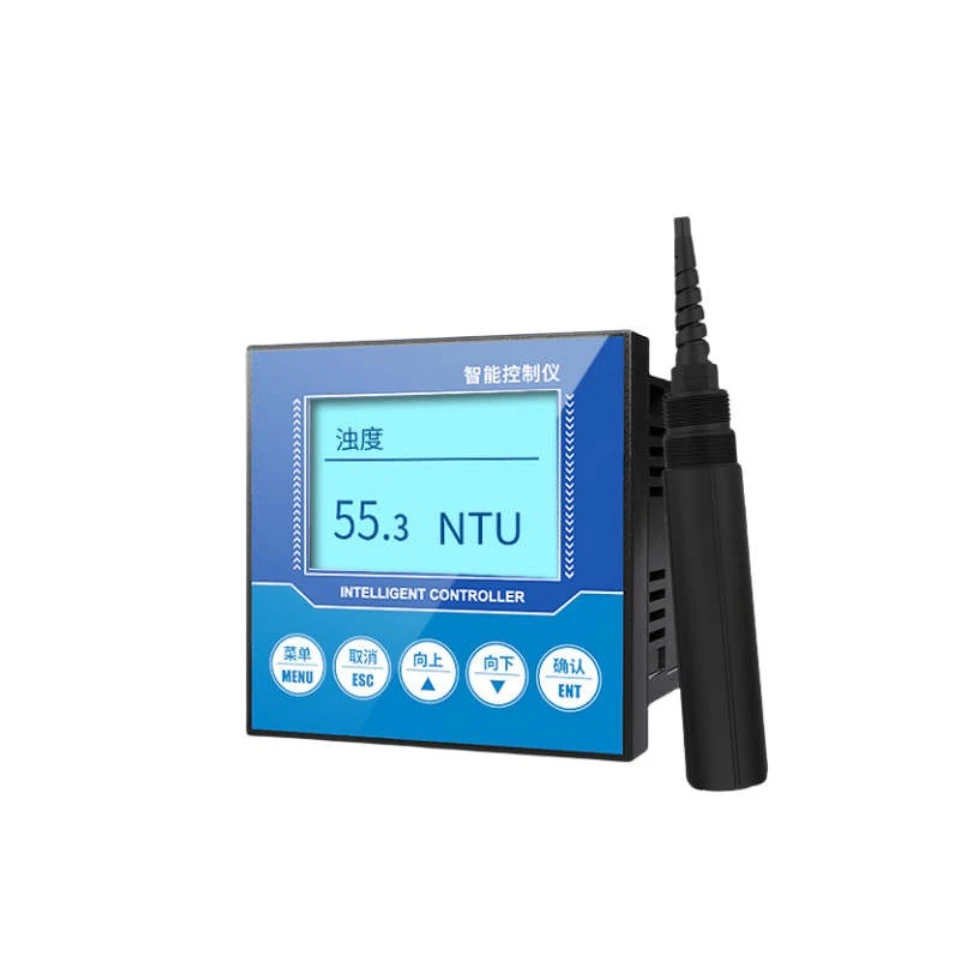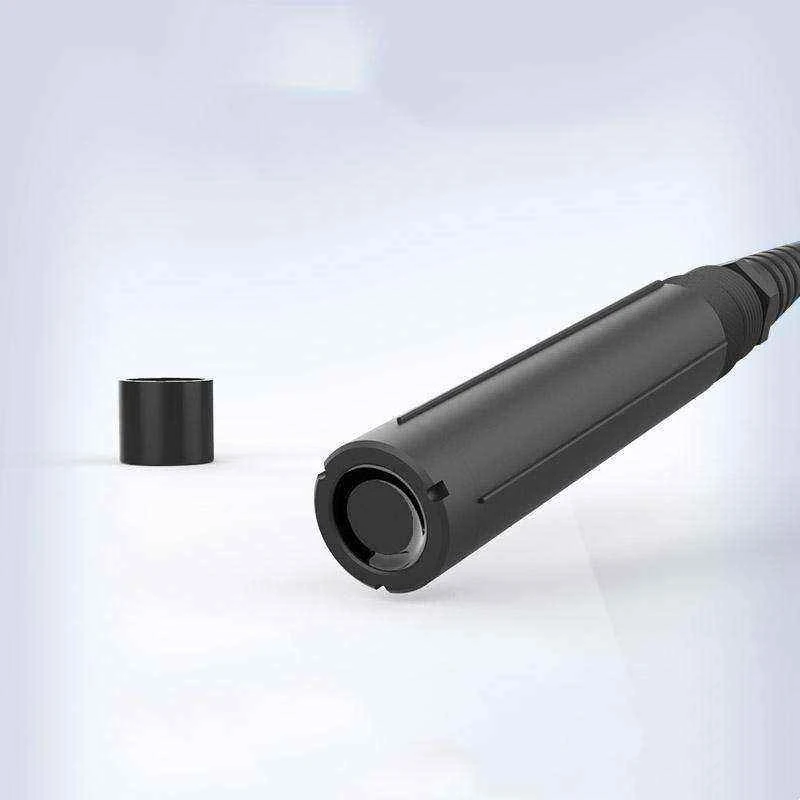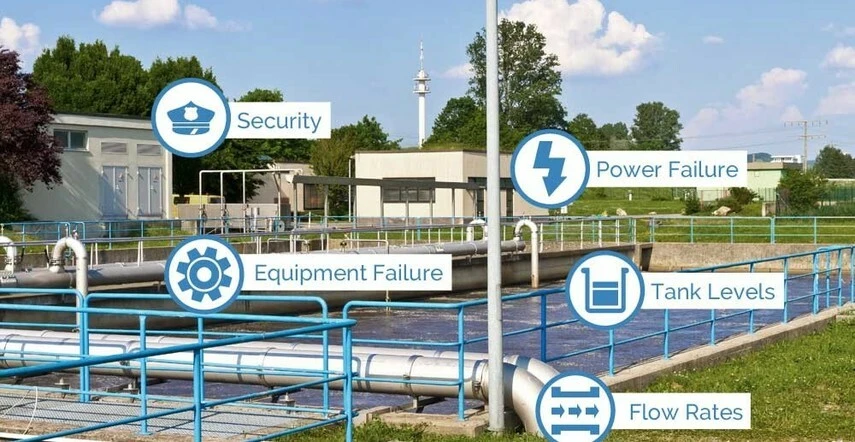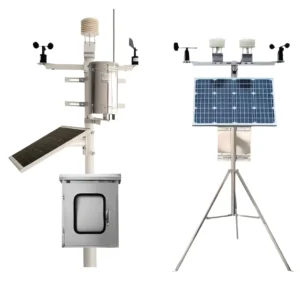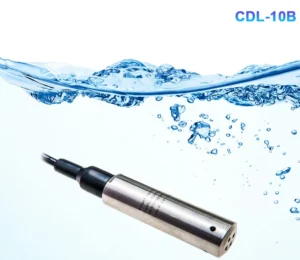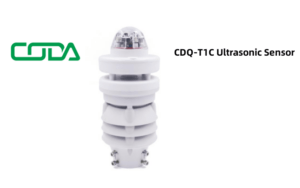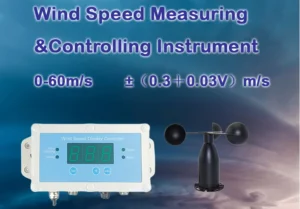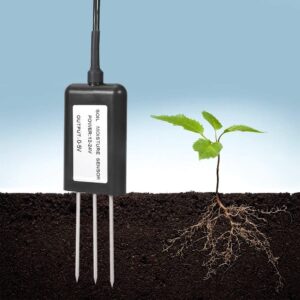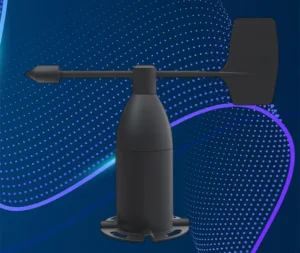Top 9 Water Quality Sensors for Water Treatment
Water is vital for life, playing a crucial role in both survival and everyday activities. The quality of the water we drink directly affects our health. This is why monitoring and managing water quality are important in scientific research.Water quality sensors are at the center of these monitoring efforts. They check various water quality factors. These sensors provide important information for researchers, analysts, and engineers. Let’s explore the ten water quality sensors used in water treatment processes, highlighting their functions, practical applications, and importance.
pH Sensor
The pH sensor is essential for monitoring the acidity or alkalinity of water. It measures the concentration of hydrogen ions present and converts this information into an electrical signal. Various sectors, including industrial wastewater management, agriculture, aquaculture, and domestic sewage systems, utilize this sensor.
➥ Applications
Industrial Wastewater: Ensures pH levels remain within acceptable limits before discharge or further treatment.
Aquaculture: In aquaculture, maintaining water quality is vital to provide an ideal environment for aquatic life.
Agriculture: In agriculture, regulating the pH of irrigation water is crucial for the growth and health of crops.
➥ Importance
Keeping the pH balance is important. It affects how nutrients and metals dissolve in water. This, in turn, impacts biological and chemical processes. In industrial settings, improper pH levels can lead to treatment system failures and damage aquatic ecosystems when discharging wastewater. In aquaculture, incorrect pH levels can stress or even kill fish and other aquatic organisms.
Conductivity Sensor
Conductivity sensors for water measure the ability of water to conduct electricity, indicating the presence of dissolved salts or other conductive materials. These sensors may be electrode-based, inductive, or ultrasonic types.
➦ Applications
Drinking Water Treatment: Monitors the level of dissolved solids to ensure water purity.
Industrial Processes: The team manages the water quality in processes that utilize water.
➦ Importance
Conductivity sensors are essential for assessing the substances in water, revealing the presence of dissolved salts and other impurities. High conductivity levels may show contamination or salts. These can change the taste of water or affect industrial processes. Conversely, low conductivity signifies pure water, which is crucial for numerous industrial uses.
Residual Chlorine Sensor
Operators use residual chlorine sensors to determine the level of chlorine left in water following the disinfection process. This measurement is vital to ensure that the water is safe for human consumption and free from dangerous pathogens.
➥ Applications
Drinking Water Treatment Facilities: Verifies the effective disinfection of water.
Swimming Pools: Keeps track of chlorine levels to ensure safe swimming environments.
Cooling Systems: Inhibits microbial growth within industrial cooling systems.
➥ Importance
Precisely measuring residual chlorine is essential for balancing effective disinfection with the reduction of chlorine by-products. The chlorine level must be high enough to keep the water safe. However, it should not be too high, as this can cause harm or create a bad taste and smell. This sensor aids in optimizing chlorine concentrations to meet these objectives.
Turbidity Sensor
Turbidity sensors assess the cloudiness or haziness in water because of suspended particles. They generally operate on the principle of light scattering to measure the concentration of these particles.
➦ Applications
Sewage Treatment: Evaluates the efficiency of filtration and sedimentation methods.
Environmental Monitoring: Gauges the condition of natural water sources.
Drinking Water Treatment: Confirms that water complies with regulatory clarity standards.
➦ Significance
Turbidity acts as an essential measure of water quality, revealing the existence of suspended particles that might harbor dangerous microorganisms. Elevated turbidity can impact aquatic ecosystems and disrupt disinfection processes. Maintaining low turbidity is vital for ensuring safe drinking water and sustaining healthy aquatic habitats.
Dissolved Oxygen Sensor
Dissolved oxygen (DO) sensors measure how much oxygen is in water. This oxygen is vital for aquatic life to survive. These sensors employ either electrochemical or optical techniques for measurement.
➥ Applications
Aquaculture: Tracks oxygen levels to maintain a healthy environment for fish and other aquatic organisms.
Wastewater Treatment: Regulates aeration processes to enhance biological treatment efficiency.
Environmental Monitoring: Evaluates the condition of rivers, lakes, and oceans.
➥ Significance
Keeping enough dissolved oxygen is important for the health of aquatic ecosystems and the effectiveness of wastewater treatment. Insufficient dissolved oxygen can result in dead zones where aquatic organisms cannot thrive, making this sensor indispensable for both environmental and industrial uses.
Oxidation-Reduction Potential (ORP) Sensor
ORP sensors gauge the oxidation-reduction potential of water, reflecting its capacity to decompose pollutants. This measurement is essential for comprehending the oxidative or reductive properties of water.
➦ Applications
Water Disinfection: Tracks the performance of disinfectants such as chlorine.
Aquaculture: Regulates the oxidation state of water to sustain ideal conditions for aquatic organisms.
Environmental Monitoring: Evaluates the contamination levels in water bodies.
➦ Significance
ORP measurements provide important information about the chemical activities in water. They help improve and manage treatment processes. Elevated ORP values signify a robust capacity to oxidize contaminants, making it a crucial factor for preserving water quality.
Chemical Oxygen Demand (COD) Sensor
COD sensors determine the oxygen quantity needed to chemically oxidize organic substances in water. This is a vital metric for evaluating the extent of organic contamination.
➥ Applications
Industrial Effluents: Tracks the organic content in wastewater prior to release.
Wastewater Processing: Guarantees compliance with effluent quality regulations.
Environmental Monitoring: Assesses the effects of pollutants on natural water systems.
➥ Importance
COD measures organic pollution in water. It provides important information for managing pollution and improving treatment methods. Elevated COD levels suggest significant organic contamination, which can reduce oxygen levels in water and negatively impact aquatic organisms.
Ammonia Nitrogen Sensor
Ammonia nitrogen sensors measure the amount of ammonia in water. They are important for showing pollution from decaying organic materials and industrial activities.
➦ Applications
Aquaculture: Aids in preventing ammonia poisoning in fish and shrimp farms.
Wastewater Treatment: Evaluates the efficiency of nitrification processes.
Environmental Monitoring: Gauges the effects of agricultural runoff on aquatic ecosystems.
➦ Importance
Ammonia nitrogen is harmful to aquatic organisms at elevated levels, making its monitoring essential for environmental conservation and aquaculture management. Excessive ammonia can result in fish mortality and deterioration of water quality.
Chlorophyll Detector
Chlorophyll detectors measure chlorophyll levels in water. This shows how much phytoplankton is present and warns of possible algal blooms.
➥ Applications
Environmental Monitoring: Evaluates the eutrophication of aquatic environments.
Aquaculture: Tracks algae growth to avert harmful blooms.
Water Treatment Facilities: Assesses the efficiency of processes for nutrient elimination.
➥ Significance
Chlorophyll assessments help detect algal blooms early. These blooms can harm water quality and create health risks. Elevated chlorophyll levels suggest increased nutrient concentrations, potentially causing excessive algae growth and subsequent oxygen reduction in aquatic environments.
Innovative Water Quality Sensors by Hunan coda Electronics
Hunan coda Electronics is a leader in producing cutting-edge water quality sensors, specifically designed for accurate environmental monitoring. With over ten years of industry experience, engineers meticulously craft these sensors to adhere to stringent quality standards.
Our product line has many water quality sensors. These include pH sensors, conductivity sensors, turbidity sensors, and dissolved oxygen sensors, among others. Engineers build each sensor to deliver precision and dependability across diverse applications, including water treatment, environmental monitoring, and scientific research.
Coda Sensors is dedicated to quality assurance. We offer customizable OEM services and fast delivery options. This makes us a reliable partner in water quality measurement technology.
Conclusion
In modern water treatment plants, water quality sensors are important tools. They provide key information to ensure safe drinking water, protect aquatic habitats, and meet regulatory standards. From pH sensors to blue-green algae detectors, each tool is important. They help track water quality and improve treatment methods.
